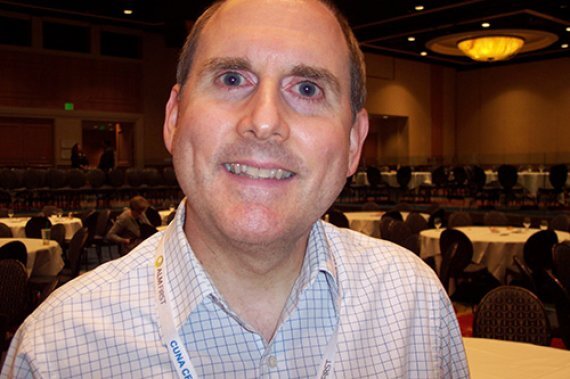

Alan Wade, EVP and CFO, Member One FCU, Roanoke, Va.

Melinda Redman, CFO, FreeStar Financial CU, Mount Clemens, Mich.

Adrian Johnson, SVP and CFP, MECU of Baltimore

Girado Smith, EVP and CFO, Educational Systems FCU, Greenbelt, Md.

James Sessa, SVP of administration and CFO, Coast Central CU, Eureka, Calif.

Bianca Moore, controller, West Community CU, O'Fallon, Mo.






